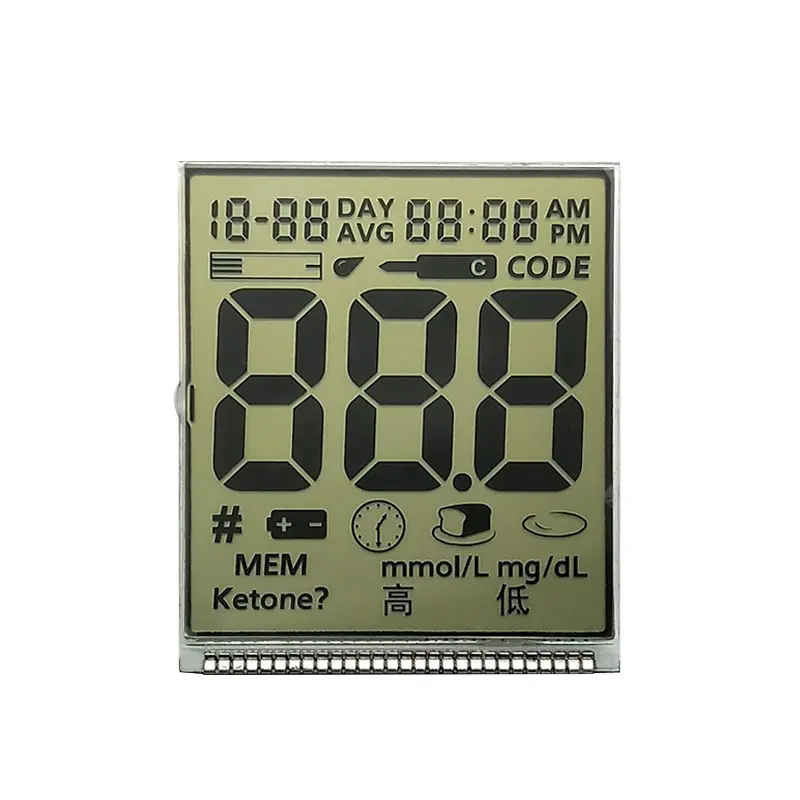
Selecting the right TFT display controller is crucial for any project involving a TFT LCD screen. The controller acts as the intermediary between your microcontroller or other processing unit and the display itself, managing data transfer, timing signals, and power. This comprehensive guide will help you navigate the complexities of choosing the optimal controller for your specific application.
Several types of TFT display controllers exist, each with its own strengths and weaknesses. Common types include:
These controllers are often integrated directly into the TFT LCD module itself. This simplifies the design process, requiring fewer external components. However, you have less flexibility in terms of customization and may be limited to the specific features offered by the integrated controller.
Discrete controllers are separate chips that interface with the TFT LCD panel. They offer greater flexibility and control over the display's features. This approach allows for more advanced customization and potentially higher performance, but requires more design expertise and component selection.
TFT display controllers can utilize parallel or serial interfaces to communicate with the host device. Parallel interfaces offer higher data transfer rates, but require more pins and complex wiring. Serial interfaces, such as SPI or I2C, are more efficient in terms of pin count and wiring complexity, though they might have lower bandwidth.
| Feature | Description | Considerations |
|---|---|---|
| Resolution | The number of pixels in the display (e.g., 800x480). | Choose a controller that supports your target resolution. |
| Interface Type | Parallel, SPI, I2C, etc. | Consider the available pins on your microcontroller and the desired data transfer rate. |
| Color Depth | The number of bits used to represent each pixel's color (e.g., 16-bit, 24-bit). | Higher color depth results in richer colors but increases data transfer requirements. |
| Refresh Rate | The frequency at which the display is updated (e.g., 60Hz). | Higher refresh rates improve image smoothness but require more processing power. |
| Power Consumption | The amount of power the controller consumes. | Crucial for battery-powered applications. |
Several reputable manufacturers offer high-quality TFT display controllers. Researching specific models based on your requirements is crucial. Consider factors like compatibility, features, and price when making your selection. For advanced applications or large-scale projects, consider consulting with a display specialist, such as Dalian Eastern Display Co., Ltd., to ensure the best choice for your needs.
Troubleshooting issues with your TFT display controller can be challenging. Common issues include display artifacts, incorrect color representation, and no display at all. Systematic debugging, including verifying connections, power supply, and controller settings, is essential for resolving these problems.
Choosing the appropriate TFT display controller is a critical step in developing any project incorporating a TFT LCD. By carefully considering the factors discussed in this guide, you can select a controller that meets your requirements and delivers optimal display performance. Remember to consult datasheets and application notes for specific controllers to ensure proper integration and functionality.
Remember to always refer to the manufacturer's specifications for the most up-to-date information on features and capabilities.












